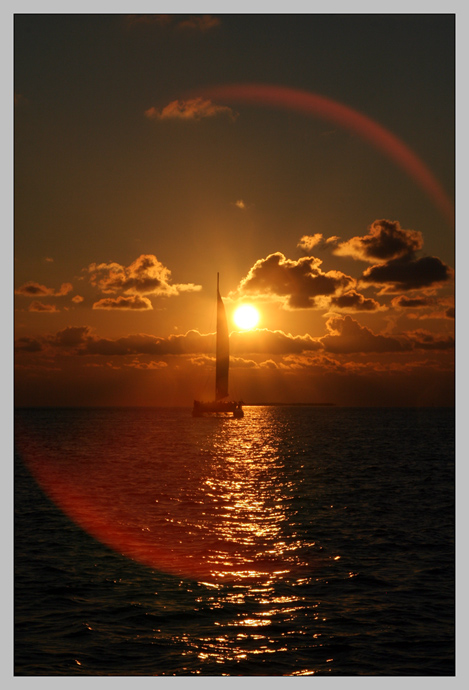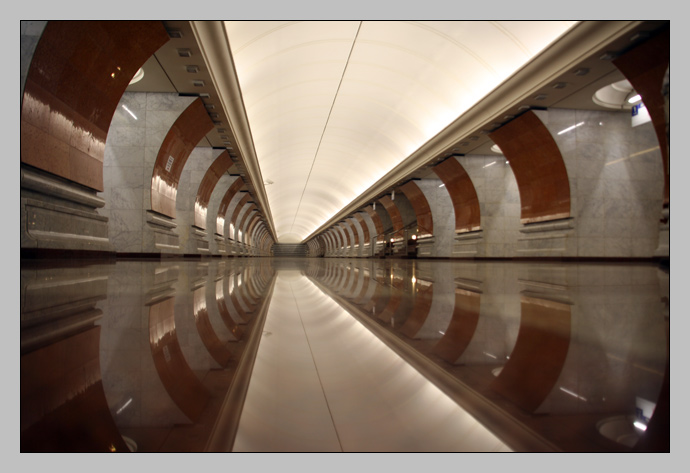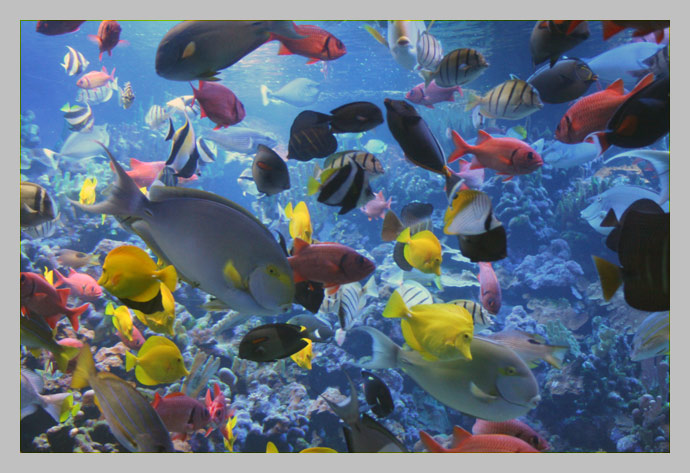Iguazú Falls

It’s hard to describe nature’s power on display in Iguazú. Any one of the waterfalls in the park is worth seeing and the views where a good portion of them are in sight are simply staggering. Before visiting Argentina, I’d read somewhere that the average amount of water plunging over the cliffs in Iguazú is triple that of Niagara Falls. I’ve never been to Niagara, so I didn’t know what to expect.
If you like anticipation and escalation before your reveals like we do, I think Oksana and I happened upon the perfect way to see the park. Early on our first day, we decided to walk along the isolated Sendero Macuco, hoping the quiet of the morning would reveal more wildlife. It did. Besides the ever-present lizards, butterflies, and biting insects, we also glimpsed a couple of rodents (small capybaras or perhaps cuy), a monkey, and a rather large and intimidating snake.
From there, we hiked back into the park, took a few pictures of the Coatis among the tourists, and embarked on what they call the “Lower Trail.” Huge waterfalls intersected the trail, raging white water often directly under the metal catwalk beneath our feet. With their twists and turns, intermittent spray-rainbows, and deep booming bass, they were impressive enough… but they were also just solitary streams.
And then, as we continued along the Lower Trail, we spotted the towering falls in the distance along the Brazil side of the park. Our wonder increased alongside the number of photos we took, but it was only when we rounded the next corner, came up against the Argentine view you see above, that we thought we had witnessed the best Iguazú had to offer.
We waited patiently while the ebb and flow of camera-bearing tourists passed and finally, when we had the short balcony to ourselves, I took a series of photos in burst mode, expecting to stitch them into a panorama later.
It wasn’t easy to select the first photo to show of Iguazú (I have a folder of 452.) I do like the foreground elements here, they lend a sort of frame to the composition, but as we kept walking through the park, along the Upper Trail, we found views from the tops of those same waterfalls that rivaled this one. And we were wrong about this being the climactic view of the park. It was bettered twice again: Once when we took a boat right into the spray coming off one of these behemoths, and then again when we stood on the edge of La Garganta del Diablo: The Devil’s Throat.
Canon Digital Rebel XT
Date: 12 November 2008
Focal Length: 18mm
Shutter: 1/400 second
Aperture: F/7.1
ISO: 100
Photoshop: Stitched from 4 images, cropped, minor color correction
Oksana and I have decided to do our first podcast video on Iguazú. Hopefully we’ll have something to show by the end of June.






